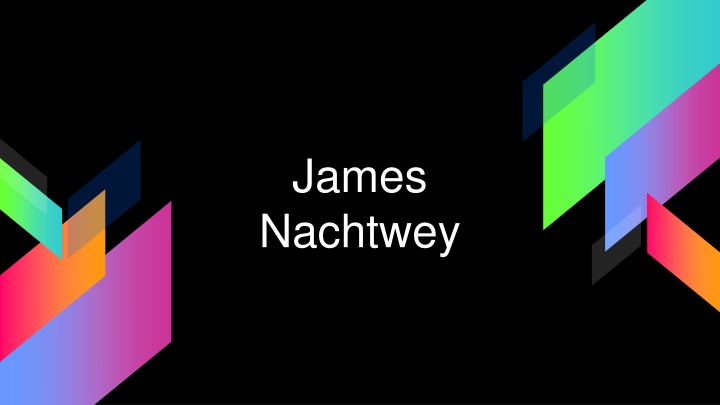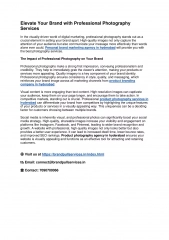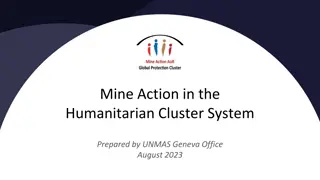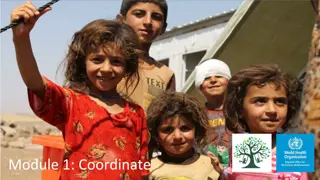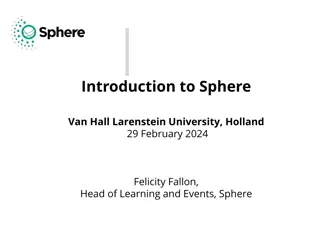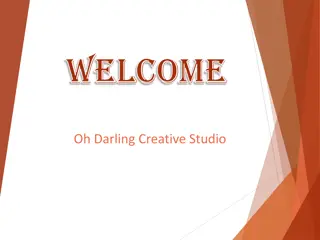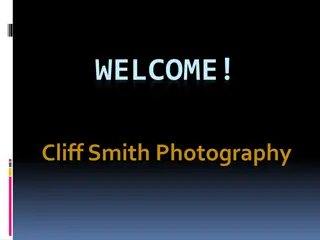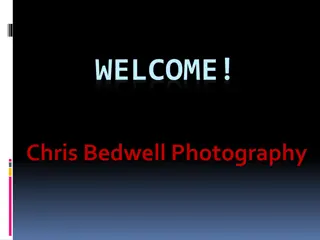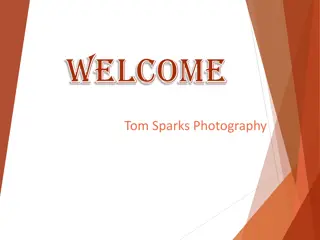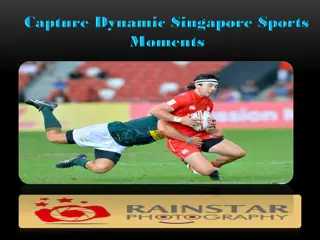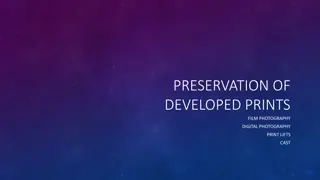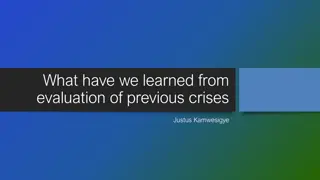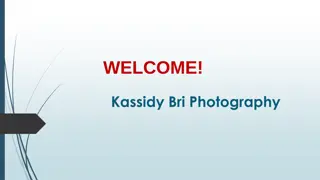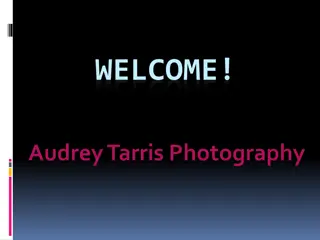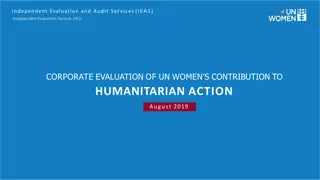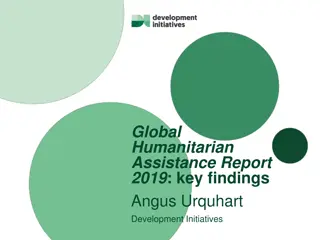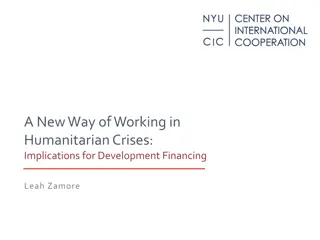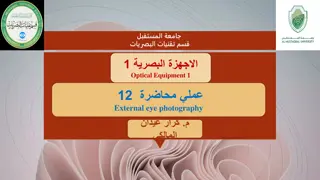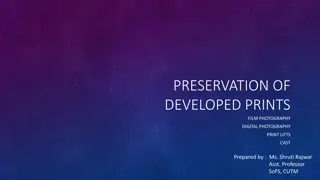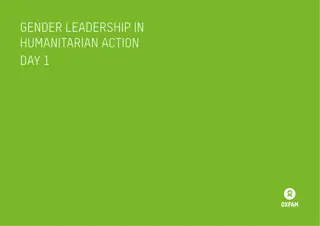James Nachtwey: A Pioneer in Humanitarian Photography
James Nachtwey, a renowned photographer, started his career capturing civil unrest in Northern Ireland. His impactful work with NGOs like the International Committee of the Red Cross has led to significant humanitarian efforts, saving millions of lives. Despite debates on exploitation, Nachtwey's images have shed light on global crises, emphasizing the symbiotic relationship between documentary photography and humanitarian work.
Download Presentation

Please find below an Image/Link to download the presentation.
The content on the website is provided AS IS for your information and personal use only. It may not be sold, licensed, or shared on other websites without obtaining consent from the author.If you encounter any issues during the download, it is possible that the publisher has removed the file from their server.
You are allowed to download the files provided on this website for personal or commercial use, subject to the condition that they are used lawfully. All files are the property of their respective owners.
The content on the website is provided AS IS for your information and personal use only. It may not be sold, licensed, or shared on other websites without obtaining consent from the author.
E N D
Presentation Transcript
James Nachtwey
Bio Attended Dartmouth for Art History/Political Science Began his career as a newspaper photographer for the Albequerque Journal, became freelance shortly thereafter where he spent time in Northern Ireland photographing civil unrest Associate of the Bang-Bang Club Accolades Include: 1994 World Press Photo 6 Time Winner of the Robert Capa Gold Medal from the Overseas Press Club 2001 Academy Award Nomination 2007 TED Prize Winner Member of Magnum and a founding member of VII
Relation to NGO Work Nachtwey s work in Sudan contributed heavily towards the global effort against famine via the International Committee of the Red Cross Was the catalyst for the largest ICRC operation since World War II, credited by the ICRC for helping save 1.5 million people. Was critical of the ICRC before his relationship with the organization, states that they refused access for Nachtwey to enter certain situations in fear of him exploiting victims. There seemed to exist the proprietary notion that only the efforts of a humanitarian organization could possibly be of any benefit, as if creating mass awareness and mobilizing public opinion was without value. Noted that the ICRC began to adopt a more flexible approach as a result from his work in Somalia, due to the lack of a central authority and that the photographs proved their usefulness towards humanitarian causes.
Although it has not always been regarded like this, the fact is that documentary photography and humanitarian work exist symbiotically: one of the primary functions of photography is to complement and support the work of humanitarian agencies - James Nachtwey
Ritchin Reading Do these images exploit the victims? If so, does the fact that this was the first time this crisis was revealed to the world justify the exploitation? Has Nachtwey contributed to the starving African stereotype that both UNICEF and NGO s alike condemn?
NGOs What is your take on the programs offered by NGOs, such as Fotokids, that takes the visual storytelling to the actual people living through the conflict at hand? Even in NGO groups there remains requirements, both written and unspoken, regarding the photographs they display. Anti-Stereotype vs. Stereotype? James Nachtwey, El Salvador (left) and Romania
